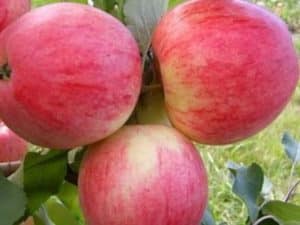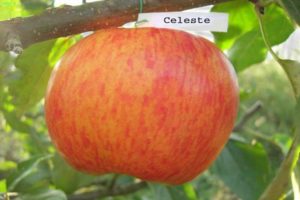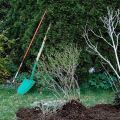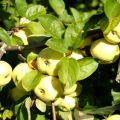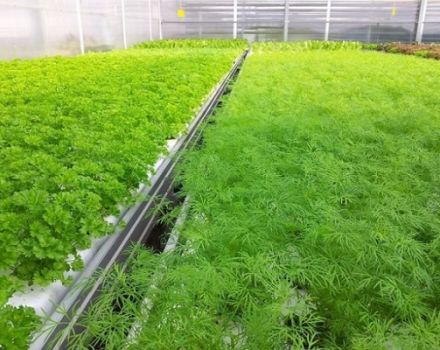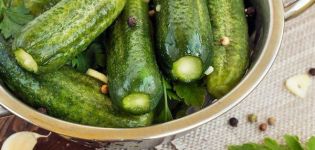How to make a trapping belt for an apple tree from pests with your own hands
In the hot season, a large number of pests appear on apple trees. Insects and parasites rise along the trunks to the inflorescences, leaves and fruits. To protect the apple trees, trapping belts are installed that stop the invasion of pests. This is the most affordable, effective and simple way to control insects. The method does not harm the crop and protects the apple tree all season.
What is a trapping belt?
A hunting belt is the safest method of controlling insects. For production, a cut with a width of 25 centimeters and a length equal to the girth of an apple tree is used.
Suitable material:
- cardboard;
- matting;
- paper;
- film;
- lutrasil;
- sackcloth.
The selected material is fixed on the trunk and fixed with a tourniquet or twine; soft wire is also used. It is recommended to install the belt in early summer and not remove it until the onset of cold weather.

What are the varieties?
There are several types of traps:
- sticky;
- poisonous;
- dry.
The advantages of each type:
- Kleeva. The material is fixed around the trunk and thickly coated with non-drying glue. Most often used for rodents. The disadvantage is that all living things stick to the belt. Together with pests, beneficial insects are caught in the trap.
- Funnel-shaped. The belt is fixed in the form of a cone. The wide side is located at the bottom, and at the top they provide a snug fit of the material to the surface of the barrel. For this, the joint is coated with clay and tied with a rope. To achieve maximum effect, the material is impregnated with an insecticidal solution. Pests, moving upward, find themselves inside the funnel and die due to the action of the poison.
- Rubber funnel with vegetable oil. A strip is cut out of the rubber, then fixed by folding the edges and filling it with an oil solution. Glued with rubber glue. Insects fall into oil, from which they cannot get out, as a result of which they die.
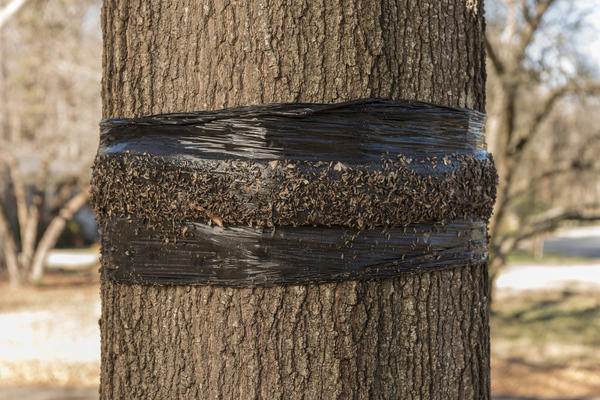 The advantage of the method is its durability. As the barrel grows, the rubber stretches.
The advantage of the method is its durability. As the barrel grows, the rubber stretches.
- Double-sided funnel. For manufacturing, a strip with a width of at least 30 centimeters is used, soaked in an insecticide solution. They are fastened around the trunk, tied with a rope from below and from above, thereby dividing the belt into three parts.
To keep the poisonous liquid in the impregnated material longer, the entire belt is placed under polyethylene, leaving the lower edge free.
Pros and cons of trapping belts
The easy-to-manufacture device effectively fights against the main pests of apple trees. Advantages:
- the method refers to mechanical methods of catching insects, therefore it does not harm the tree and people;
- the trap works against most pests that move along the bark;
- the device can be made of any size, regardless of the diameter of the apple tree trunk;
- easy to do it yourself.
Disadvantages:
- along with harmful insects, useful ones also fall into the trap, therefore it is recommended to inspect the device daily and release bees and ladybirds into the wild.

How to make a trapping belt for an apple tree?
The simplest thing is to purchase a ready-made hunting belt in specialized stores. But for a large number of plantings, it is more advisable to make a trap with your own hands.
Dry
A strip of fabric, rubber or paper is pre-harvested. Cut a workpiece 20 centimeters wide. The length depends on the thickness of the apple tree trunk. Before tying the tree, cover up all the cracks.
Important Tips:
- Stretch film is used for wrapping. It is especially useful in windy weather. Unlike scotch tape, it does not stick to the surface.
- In the autumn, they are made of corrugated cardboard. It helps protect apple trees from insects that want to settle on the apple tree or lay eggs.
- In the warm season, especially in summer, it is not recommended to use cardboard.
Manufacturing rules:
- Cut off the required amount of foam rubber. The edges are connected with a stock.
- Foam rubber is wrapped with stretch film 3 times.
- The junction of the foam rubber and the barrel is wrapped in 4 layers of film. Trim and smooth to the waist.
- With the help of a knife, cut off the excess film above the belt from above and below. This will help the wood look neater.
Check the trap once a week. The belt is carefully removed. Useful insects are released and pests are burned.
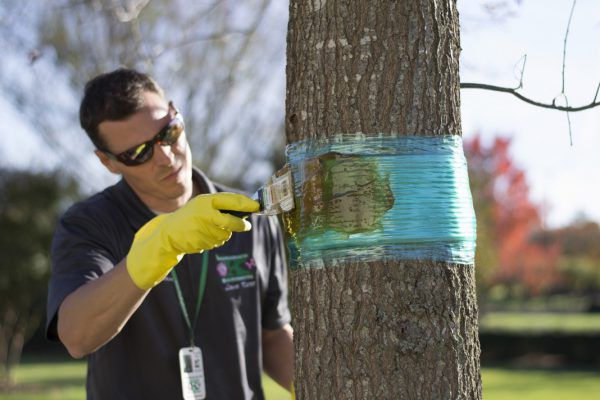
Poisonous
For manufacturing, material pre-impregnated with pesticides is used. Many gardeners avoid this belt, believing that apples accumulate toxins. In fact, the device is designed for pest control and is located at the foot of the apple tree. Poisonous substances do not reach the fruit part of the apple tree.
A distinctive feature is high efficiency.
DIY trap making rules:
- The material is cut to a width of 20 centimeters.
- Impregnated with chemicals approved for use.
- Wait for the product to be absorbed. The work is performed with gloves.
- The material is fixed to the trunk in the form of a funnel. For this, the material is attached at the top, and the lower part is left free.
- To prevent the poison from evaporating, the material is wrapped with polyethylene on top.
Pests, falling into a properly made trap, die from poisoning.
Application features
When dealing with pests, some features are taken into account:
- In places where a trap is set, dead bark is removed.
- All cracks on the trunk are covered with clay. Otherwise, at the end of the summer season, insects will settle in the cracks in the shelter and lay off their offspring.
- The belt is installed until the kidneys swell. This helps preserve the crop from the flower beetle on apple trees.
- When flower beetles begin to appear, traps should be checked frequently. The caught insects are knocked down on a film previously located under the plant. Then they are collected and burned.
- At the end of autumn, the traps are removed and burned.

Any of the listed options will reliably protect plantings from possible pests. With the annual production of traps, apple trees will constantly delight with a plentiful and high-quality harvest.
